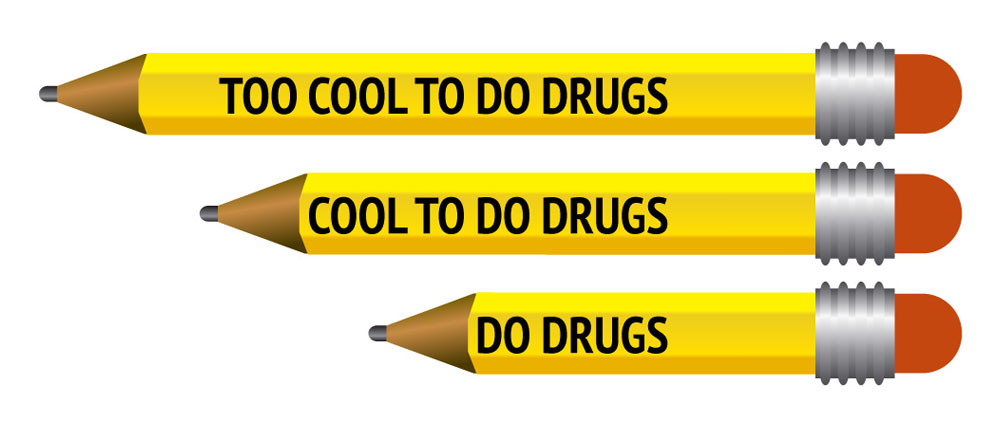Somehow, Ogilvy last month managed to convince Londoners to leave and travel to the tiny seaside town of Deal in Kent for Nudgestock – a conference exploring behavioural economics and psychology. Those of us who accepted the challenge were really glad we did (personal highlight was watching a seagull cross the road using a zebra crossing!).
So what is a nudge?
A nudge is a tiny intervention, of positive reinforcement or indirect suggestion, that causes a behaviour change.
This reduces the likelihood of reactance (when people feel that their behaviour is being manipulated in a direction they don’t want to go, they rebel against it).
Jez Groom from Ogilvy Change gave a few examples of tiny “nudges” that have had a real world impact:
- Babies’ faces: A trial using pictures of babies’ faces in Woolwich reduced antisocial behaviour by 18%
- Perrier project: Using Perrier bottles as vases and table number markers in bars and restaurants increased sales of Perrier in London & Paris
- Models of children: Placing fiberglass models of children near schools and playgrounds reduced incidences of speeding
A nudge can encourage the wrong behaviour…
Paul Craven also warned that whilst tiny, nudges should be carefully considered, as there is the potential to ‘nudge’ the wrong behavior.
The sign that went wrong: The sign shown below states “Pickpockets operate in this area” and was intended to nudge people into keeping their valuables safe, but it actually nudged people to touch their wallet to check it’s there…. Signalling to pickpockets where they keep their valuables!
Alerting people to the possibility of pickpockets, actually resulted in them checking for their phones/wallets thus indicating to potential thieves where to reach. Photograph by Danny HowardThe pencil that went wrong: There is also this well known example of the anti-drugs campaign pencils, as you can see, a positive message can easily become a negative message.

User Centered Design and Nudges
Dr Dan Lockton highlighted the importance of “nudge, don’t push” and emphasised how allowing people’s behaviour to inform the design and capitalise on them doing what they want to do, rather than forcing them to do it, acts as a positive nudge.
Magic and Nudges
Magicians have the uncanny ability to manipulate how people perceive the world. The study of attention and awareness reveals the efficiencies in the human brain. If we can understand why something fails, you can understand how it works. Illusions helps us understand how the mind works. Magicians exploit assumptions, perception and attention, and so can designers.
There is an experiment called the “Door study” by Daniel Simons that shows how attention is a limited resource and it can affect awareness. Using a simple distraction (in this case someone carrying a door) he managed to swap out a person from a conversation without the other person noticing.
So what’s the main take home?
- Observe where the decision points are
- Acknowledge that context influences decisions
- Even tiny nudges can encourage users to purchase, sign up etc
You can also watch the videos from the Nudgestock lectures online.
Want to learn more?




